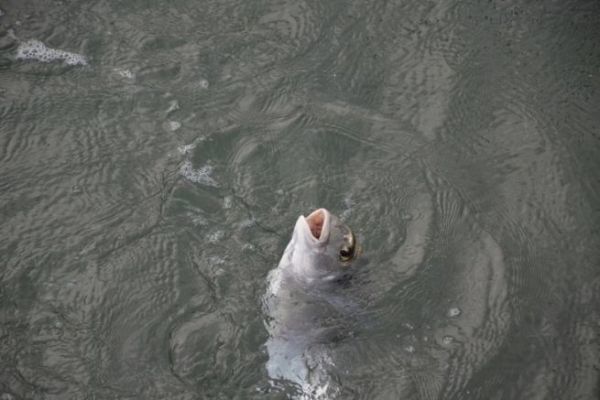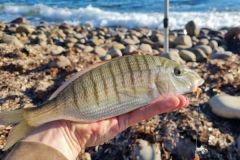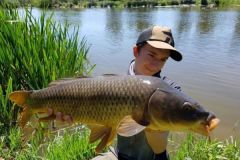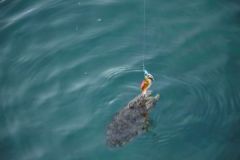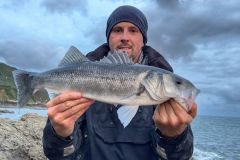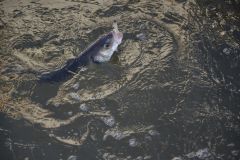Principles and benefits
The float allows you to explore crowded or rugged areas inaccessible to traditional land-based fishing.
Adjust the depth of the bait with a stop-float or stop-knot, to fish between two waters or skim the bottom, depending on the target species and topography.
This method is equally suited to dykes, jetties, rocks, quays, beaches and river mouths.
Prospecting is often done 10-40 meters from the shore, with repeated casts to cover different areas.‚euros
Equipment and fixtures
- 3 to 6-meter rod, fairly light and sturdy (multi-purpose rod for sea, Bolognese, English, light casting).
- Reel fitted with 24 to 30/100 nylon or fine braid, soft brake for beautiful fish.‚euros
- Floats adapted to sea conditions and bait (5-20 g lift), classic or sliding to adjust to all depths and currents.‚euros
- Soft lead (olivette, buckshot) to stabilize the bait, hook adapted to the size of the prey.
The sliding rig remains the most versatile: stop-float, drilled float, olive sinker, swivel, leader from 50 cm to 1 m in strong nylon.‚euros It's also possible to add bait float beads to loosen the bait from the bottom.
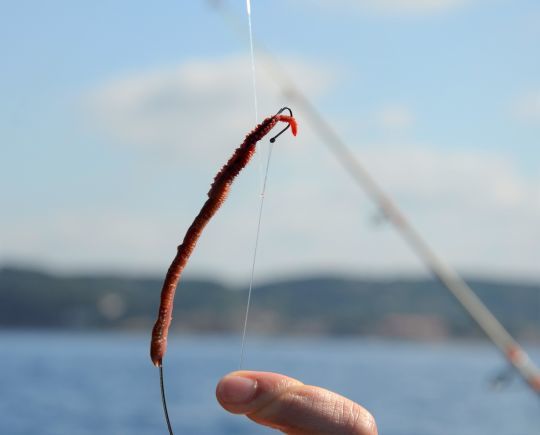
Bait and target species
The most effective live baits are shrimp, clumps, marine worms, some small fish and soft crabs. On beaches, prefer naturally occurring baits (sand crabs, razor clams, sand eels).
Baiting or roping techniques: baiting attracts fish to the spot, while roping involves moving the bait around structures at different depths.‚euros
This approach makes it possible to target a wide range of species: bass or wolffish, sars, sea bream, mullet, bream, and certain rock fish such as serrans or girelles.‚euros
Fishing tips
Fish with the rod high, watch the line and be ready to strike at the first (often sharp) touch.
Adjust your drag and adapt the strength of the leader to the presence of obstacles (oyster beds, rocks).‚euros
Vary your prospecting area and depths, and be aware of the effects of tides and weather conditions.
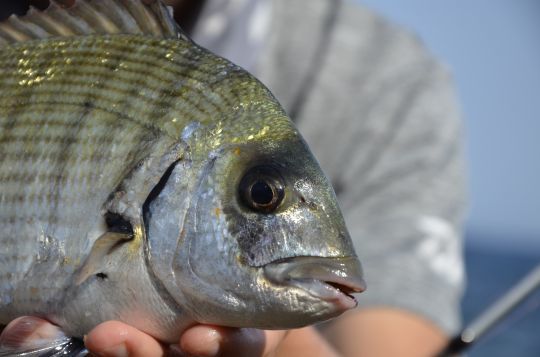
Seaside float fishing combines observation, patience and mobility. Fun and instructive, it allows you to multiply your strokes and take full advantage of the coastal atmosphere, for beginners and experienced enthusiasts alike.‚euros

 /
/ 